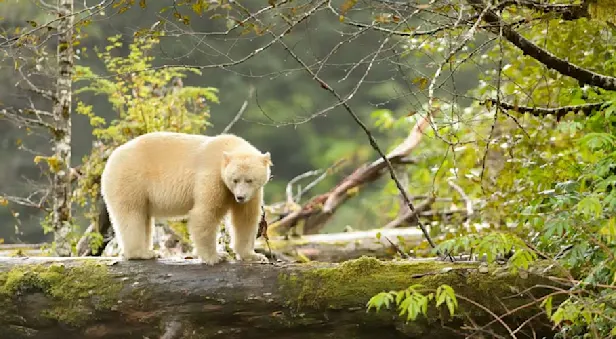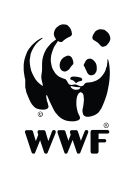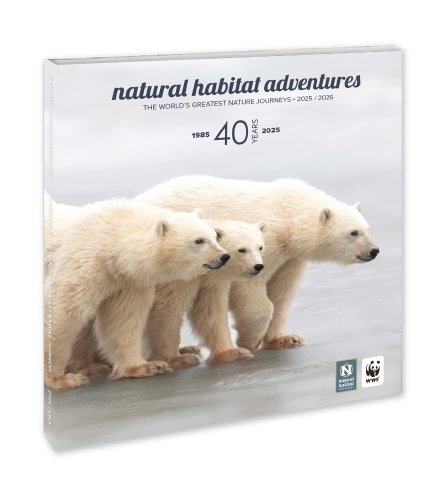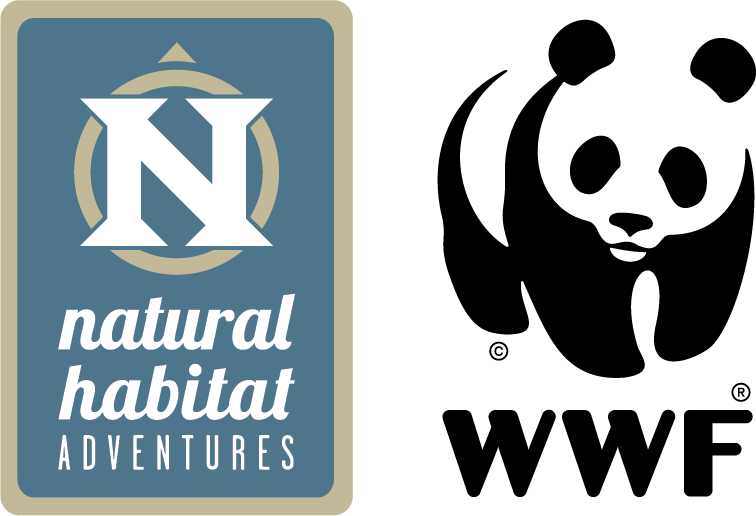Know Before You Go
Sea Otter | Haida Gwaii Wildlife Guide
Sea otters are found all along the British Columbia coast. They can be seen floating on their backs with forearms crossed over chest, flipper-like hind feet turned upward, and stout, short tail held straight out.
The Russian fur trade in the 1700s almost wiped out the sea otter, but since they received protection under the Fur Seal Treaty of 1911 their numbers have rebounded considerably. Their population today in British Columbia is estimated to be approximately 6,000, although the population around Haida Gwaii is still quite small. Most of these are descendants of a small group of 89 sea otters that were brought to the coast of Vancouver Island over the course of a few years starting in 1969.
One of the earliest studies of “trophic cascades”—the ripple effect through an ecosystem when a species is removed or added—focused on the relationship between sea otters, sea urchins and kelp. When the sea otter population was decimated by the fur trade, the sea urchin, a favorite food of the otters, thrived. A primary food source for the urchins is the kelp forests that attach to the rocks in the intertidal and nearshore areas of the ocean. These kelp forests sequester as much carbon as tropical rain forests, provide safe nurseries for juvenile fish and calm the waves that otherwise buffet the shoreline during storms. When urchins are able to feed unchecked, they create “urchin barrens” where these functions are lost. With otter populations rebounding, the urchin population is getting back into balance.
Look for Sea Otters on These British Columbia Adventures

Haida Gwaii: Islands at the Edge of the World
Discover an archipelago of wonder off the coast of British Columbia—explore wild shorelines, ancient rainforest and 12,000 years of Haida culture on an intimate sailboat adventure in the marine wilderness.


Spirit Bears, Humpbacks & Wildlife of BC
Discover British Columbia at its wildest, in search of the elusive white Spirit Bear in the remote valleys of western Canada's Coast Range. Offshore, scout for humpback whales and orcas in emerald fjords.
























